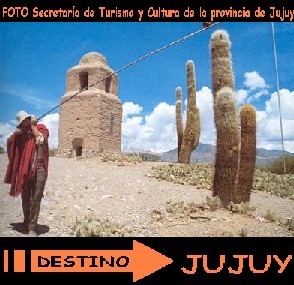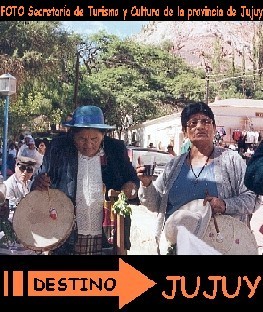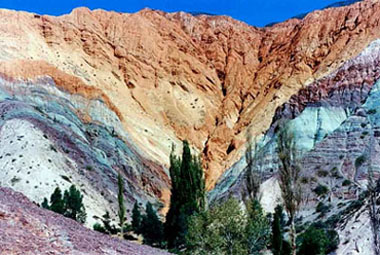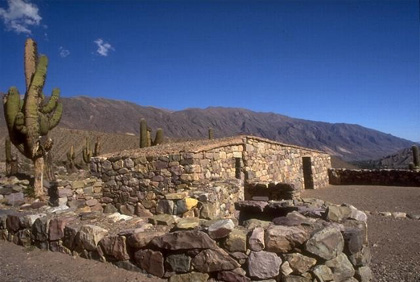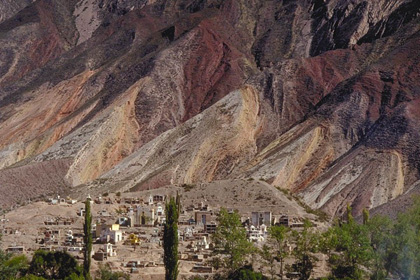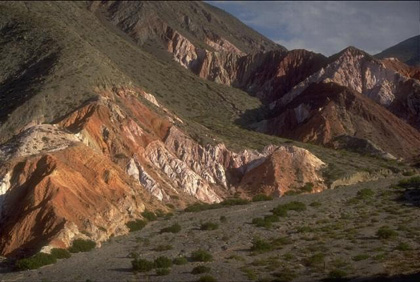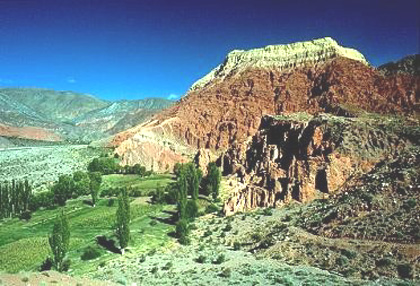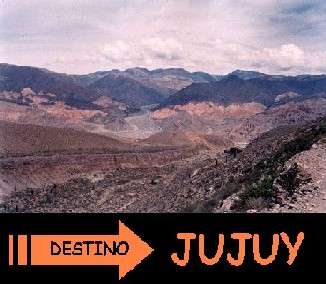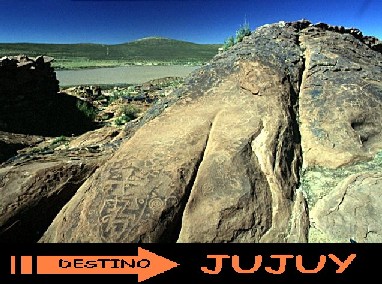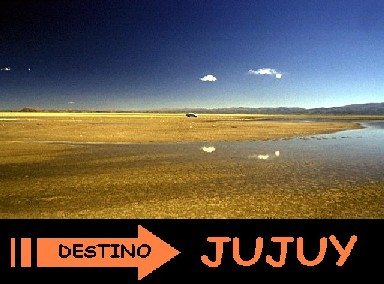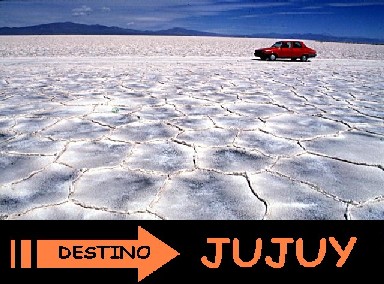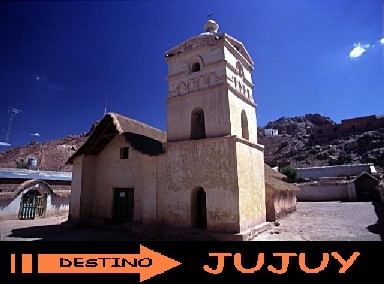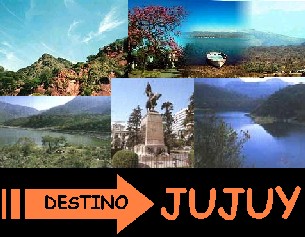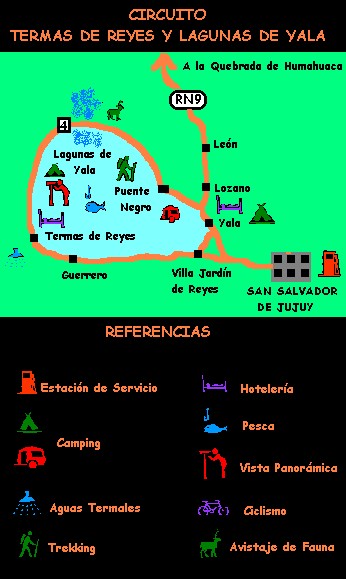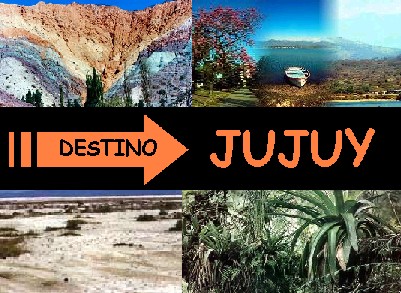FIESTA NACIONAL DE LOS ESTUDIANTES
Fiesta Nacional de los Estudiantes
Se realiza la penúltima semana de Septiembre, es una gran fiesta popular de la juventud. Los establecimientos secundarios de la provincia construyen primorosos carruajes o carrozas de estructura metálica totalmente revestidas de flores de papel y con juegos de luces. Las escuelas Técnicas las dotan además de movimientos. La creatividad plástica de los estudiantes es increíble. La fiesta incluye la elección de la Reina Nacional de los Estudiantes, Un Congreso Nacional de Estudiantes y todo un nutrido programa de competencias y festejos.
HISTORIA DE LA FIESTA NACIONAL DE LOS ESTUDIANTES:
La fiesta nació en el año1948, comenzó en ese año gracias a un evento que se realizaba años antes. Ese evento se llamaba el “Vejigazo” y se puede decir que la fiesta de los estudiantes que hoy conocemos no existiría si no fuese por ese evento.
El “Vejigazo” nace en el año 1916 y consistía en una serie de sketchs, que ridiculizaban a políticos, personalidades y eventos importantes de esa época. Estas humoradas eran creadas por estudiantes del colegio Nacional N°1 y representadas por jóvenes adolescentes de la época. Este evento servía como válvula de escape de la sociedad jujeña de entonces ya que en los sketch se hablaba de temas que no podían ser publicados en diarios por no ser serios o por ser en muchas oportunidades chismes políticos y sociales. Estos sketchs tenían lugar en el Teatro Mitre, pero la tarde anterior a la función, se realizaba un desfile por la calle Belgrano, para promocionar el Vejigazo del día siguiente. Durante el desfile se realizaba un sketch referido a un tema en particular, por Ej. cuando se inauguró el Sanatorio Lavalle, desfilaron por las calles estudiantes disfrazados de médicos, que extraían del cuerpo de otros estudiantes, achuras de vacas, mientras derramaban sangre por las calles. La sociedad de la época, o al menos un sector de ella, se sintió lastimada y ofendida por estas representaciones, especialmente durante el año 1947, cuando esas humoradas se tornaron más fuertes que años anteriores. En consecuencia, se decidió castigar a los responsables del vejigazo, o sea, a los alumnos de 4° y 5° año del Colegio Nacional n°1, pero en realidad los verdaderos responsables, los que escribían los sketchs, eran ex alumnos del mismo colegio. Ese año murió el vejigazo, privando a generaciones futuras el poder disfrutar de estos originales espectáculos. Esa muerte dio vida a lo que hoy conocemos como FIESTA NACIONAL DE LOS ESTUDIANTES, porque en el año 1948 el rector del Colegio Nacional en aquella época, reunió a unos profesores para tratar de crear algún evento que reemplazara al Vejigazo. Se dice que en esa reunión surgieron muchas ideas, algunas ridículas y otras no tanto, pero finalmente a alguien se le ocurrió realizar una carroza llena de flores, tirada por caballos en donde estaría la chica mas linda del colegio. La idea fue aceptada y una vez que la carroza estuvo terminada desfilo alrededor de la plaza Belgrano y luego por la calle Belgrano, dando lugar al comienzo de la fiesta con la primera carroza y la primera reina en la historia de la Fiesta Nacional de los Estudiantes. El año siguiente al primer desfile se agregaron a la fiesta la Escuela Normal y el Comercial, reuniendo en la plaza a tanta gente como nunca nadie había visto antes en Jujuy. Con el tiempo la fiesta se fue haciendo un poco más organizada, por ejemplo, las reinas eran elegidas en cada colegio y desfilaban con el guardapolvo y sin ningún maquillaje. El jurado que elegía a las reinas estaba formado por los profesores y por el rector de cada establecimiento. Una vez que la elección finalizaba el rector daba asueto y los alumnos con sus reinas se dirigían a la plaza Belgrano, en donde realizaban casi de manera espontánea los desfiles de las carrozas. Cada carroza daba algunas vueltas a la plaza, todos los chicos cantaban por detrás y festejaban la llegada de la primavera. Luego se dirigían a la española en donde se entregaban los premios y comenzaba el baile. De esta manera nació en Jujuy la Fiesta Nacional de Los Estudiantes.
The National Student’s Festivity
This festivity is celebrated, from September 21st, day when the spring begins and it finishes the last day of this month, It’s a Very Popular Feast for the Youth, specially for Secondary (high) school students of all the province. Every school builds their own float, which has a metallic structure and is completely covered with paper flowers and electric lights, the floats of technical schools has mechanical movements. In the context of this festivity the National Student’s Queen is chosen, A National Student’s Congress takes place in San Salvador de Jujuy and every night local people and tourists can appreciate the floats in one of the principal avenues of the Capital of Jujuy where the Floats parade takes place. There is also a Calendar full of sports activities and competitions where students are the protagonists.
This festivity was born in 1948, due to an event that took place years before, this event was call the “Vejigazo” (the big bladder) and we can assure that the present festivity would never exist without this event.
The Vejigazo was born in 1916, and it consists in comic sketches where students made jokes about politicians, personalities of that time and other events. These jokes were created by the National Nº 1 high school and were performanced by other teenagers. The sketch’s topics were unserious comments and gossip of the social life of that time. These sketches were represented at the Mitre Theatre, but in the evening before the show, a parade took place at Belgrano Street, the principal Street of Jujuy till our times. During the parade a sketch of a particular topic was performed, for example, when the Lavalle Sanatorium (private clinic) was inaugurated, the students walk through Belgrano Street disguised as doctors that extract from other student’s bodies cow’s intestines, bellies and livers, while blood was spread along the streets.
The society of that time, not all, but part of it felt hurt and offended by these representations especially in 1947, when these sketches became stronger than other times and stopped being funny.
That year, the responsible of the Vejigazo, the National Nº1 High School students of 4th and 5th year, were punished, but it wasn’t their complete fault, because ex students of that school wrote the script.
The Well-known Vejigazo died that year, depriving future generations of enjoying these original sketches.
That death gave life to the well –known National Student’s Festivity. In 1948 the director of the National Nº1 high school, had a meeting with some teachers, with the idea of create a new event to replace the Vejigazo. During that meeting many ideas showed up, some were ridiculous some were funny, etc. Finally somebody proposed to create a float
full of flowers carried by horses, where the most beautiful girl of the School has her place.
The idea seemed to be nice, and when the float was finished, it parades around Belgrano Square and then along Belgrano Street, giving birth to the present Festival with the first float and the first Queen in history.
The next year wasn`t only the National Nº1 float on the parade, The Normal School and the Commercial School also build their floats, that year the principal square was full of people, as never seen before.
Along time, the festivity became more organized, the queen was chosen in each school, and they wore their white uniforms without any make up. The jury was made up of teachers and the director of each school.
When the election was finished, the students and their queens go to Belgrano Square, were spontaneously the float’s parade begun.
Each float, parades around the square and all the students of that school walked singing behind their float to welcome the spring.
After that, they went to “La Española” (restaurant and saloon) where the Awards to the schools were delivered, and then the dance started.
This is how our precious Festivity started.
Se realiza la penúltima semana de Septiembre, es una gran fiesta popular de la juventud. Los establecimientos secundarios de la provincia construyen primorosos carruajes o carrozas de estructura metálica totalmente revestidas de flores de papel y con juegos de luces. Las escuelas Técnicas las dotan además de movimientos. La creatividad plástica de los estudiantes es increíble. La fiesta incluye la elección de la Reina Nacional de los Estudiantes, Un Congreso Nacional de Estudiantes y todo un nutrido programa de competencias y festejos.
HISTORIA DE LA FIESTA NACIONAL DE LOS ESTUDIANTES:
La fiesta nació en el año1948, comenzó en ese año gracias a un evento que se realizaba años antes. Ese evento se llamaba el “Vejigazo” y se puede decir que la fiesta de los estudiantes que hoy conocemos no existiría si no fuese por ese evento.
El “Vejigazo” nace en el año 1916 y consistía en una serie de sketchs, que ridiculizaban a políticos, personalidades y eventos importantes de esa época. Estas humoradas eran creadas por estudiantes del colegio Nacional N°1 y representadas por jóvenes adolescentes de la época. Este evento servía como válvula de escape de la sociedad jujeña de entonces ya que en los sketch se hablaba de temas que no podían ser publicados en diarios por no ser serios o por ser en muchas oportunidades chismes políticos y sociales. Estos sketchs tenían lugar en el Teatro Mitre, pero la tarde anterior a la función, se realizaba un desfile por la calle Belgrano, para promocionar el Vejigazo del día siguiente. Durante el desfile se realizaba un sketch referido a un tema en particular, por Ej. cuando se inauguró el Sanatorio Lavalle, desfilaron por las calles estudiantes disfrazados de médicos, que extraían del cuerpo de otros estudiantes, achuras de vacas, mientras derramaban sangre por las calles. La sociedad de la época, o al menos un sector de ella, se sintió lastimada y ofendida por estas representaciones, especialmente durante el año 1947, cuando esas humoradas se tornaron más fuertes que años anteriores. En consecuencia, se decidió castigar a los responsables del vejigazo, o sea, a los alumnos de 4° y 5° año del Colegio Nacional n°1, pero en realidad los verdaderos responsables, los que escribían los sketchs, eran ex alumnos del mismo colegio. Ese año murió el vejigazo, privando a generaciones futuras el poder disfrutar de estos originales espectáculos. Esa muerte dio vida a lo que hoy conocemos como FIESTA NACIONAL DE LOS ESTUDIANTES, porque en el año 1948 el rector del Colegio Nacional en aquella época, reunió a unos profesores para tratar de crear algún evento que reemplazara al Vejigazo. Se dice que en esa reunión surgieron muchas ideas, algunas ridículas y otras no tanto, pero finalmente a alguien se le ocurrió realizar una carroza llena de flores, tirada por caballos en donde estaría la chica mas linda del colegio. La idea fue aceptada y una vez que la carroza estuvo terminada desfilo alrededor de la plaza Belgrano y luego por la calle Belgrano, dando lugar al comienzo de la fiesta con la primera carroza y la primera reina en la historia de la Fiesta Nacional de los Estudiantes. El año siguiente al primer desfile se agregaron a la fiesta la Escuela Normal y el Comercial, reuniendo en la plaza a tanta gente como nunca nadie había visto antes en Jujuy. Con el tiempo la fiesta se fue haciendo un poco más organizada, por ejemplo, las reinas eran elegidas en cada colegio y desfilaban con el guardapolvo y sin ningún maquillaje. El jurado que elegía a las reinas estaba formado por los profesores y por el rector de cada establecimiento. Una vez que la elección finalizaba el rector daba asueto y los alumnos con sus reinas se dirigían a la plaza Belgrano, en donde realizaban casi de manera espontánea los desfiles de las carrozas. Cada carroza daba algunas vueltas a la plaza, todos los chicos cantaban por detrás y festejaban la llegada de la primavera. Luego se dirigían a la española en donde se entregaban los premios y comenzaba el baile. De esta manera nació en Jujuy la Fiesta Nacional de Los Estudiantes.
The National Student’s Festivity
This festivity is celebrated, from September 21st, day when the spring begins and it finishes the last day of this month, It’s a Very Popular Feast for the Youth, specially for Secondary (high) school students of all the province. Every school builds their own float, which has a metallic structure and is completely covered with paper flowers and electric lights, the floats of technical schools has mechanical movements. In the context of this festivity the National Student’s Queen is chosen, A National Student’s Congress takes place in San Salvador de Jujuy and every night local people and tourists can appreciate the floats in one of the principal avenues of the Capital of Jujuy where the Floats parade takes place. There is also a Calendar full of sports activities and competitions where students are the protagonists.
This festivity was born in 1948, due to an event that took place years before, this event was call the “Vejigazo” (the big bladder) and we can assure that the present festivity would never exist without this event.
The Vejigazo was born in 1916, and it consists in comic sketches where students made jokes about politicians, personalities of that time and other events. These jokes were created by the National Nº 1 high school and were performanced by other teenagers. The sketch’s topics were unserious comments and gossip of the social life of that time. These sketches were represented at the Mitre Theatre, but in the evening before the show, a parade took place at Belgrano Street, the principal Street of Jujuy till our times. During the parade a sketch of a particular topic was performed, for example, when the Lavalle Sanatorium (private clinic) was inaugurated, the students walk through Belgrano Street disguised as doctors that extract from other student’s bodies cow’s intestines, bellies and livers, while blood was spread along the streets.
The society of that time, not all, but part of it felt hurt and offended by these representations especially in 1947, when these sketches became stronger than other times and stopped being funny.
That year, the responsible of the Vejigazo, the National Nº1 High School students of 4th and 5th year, were punished, but it wasn’t their complete fault, because ex students of that school wrote the script.
The Well-known Vejigazo died that year, depriving future generations of enjoying these original sketches.
That death gave life to the well –known National Student’s Festivity. In 1948 the director of the National Nº1 high school, had a meeting with some teachers, with the idea of create a new event to replace the Vejigazo. During that meeting many ideas showed up, some were ridiculous some were funny, etc. Finally somebody proposed to create a float
full of flowers carried by horses, where the most beautiful girl of the School has her place.
The idea seemed to be nice, and when the float was finished, it parades around Belgrano Square and then along Belgrano Street, giving birth to the present Festival with the first float and the first Queen in history.
The next year wasn`t only the National Nº1 float on the parade, The Normal School and the Commercial School also build their floats, that year the principal square was full of people, as never seen before.
Along time, the festivity became more organized, the queen was chosen in each school, and they wore their white uniforms without any make up. The jury was made up of teachers and the director of each school.
When the election was finished, the students and their queens go to Belgrano Square, were spontaneously the float’s parade begun.
Each float, parades around the square and all the students of that school walked singing behind their float to welcome the spring.
After that, they went to “La Española” (restaurant and saloon) where the Awards to the schools were delivered, and then the dance started.
This is how our precious Festivity started.
